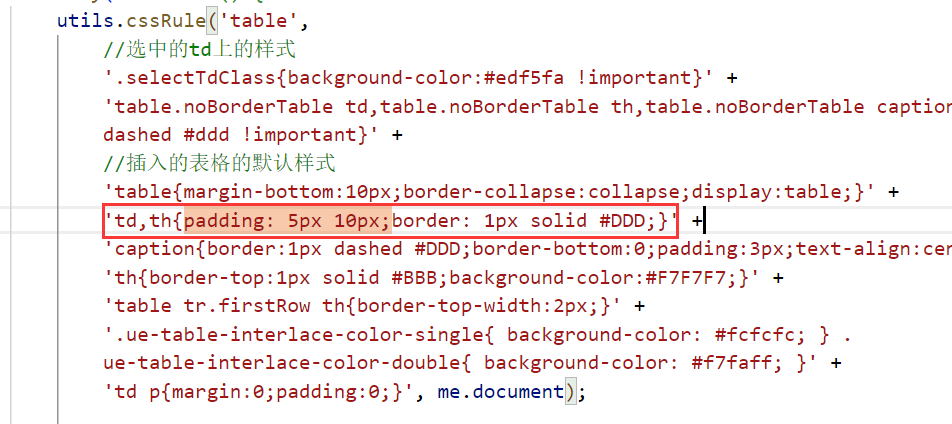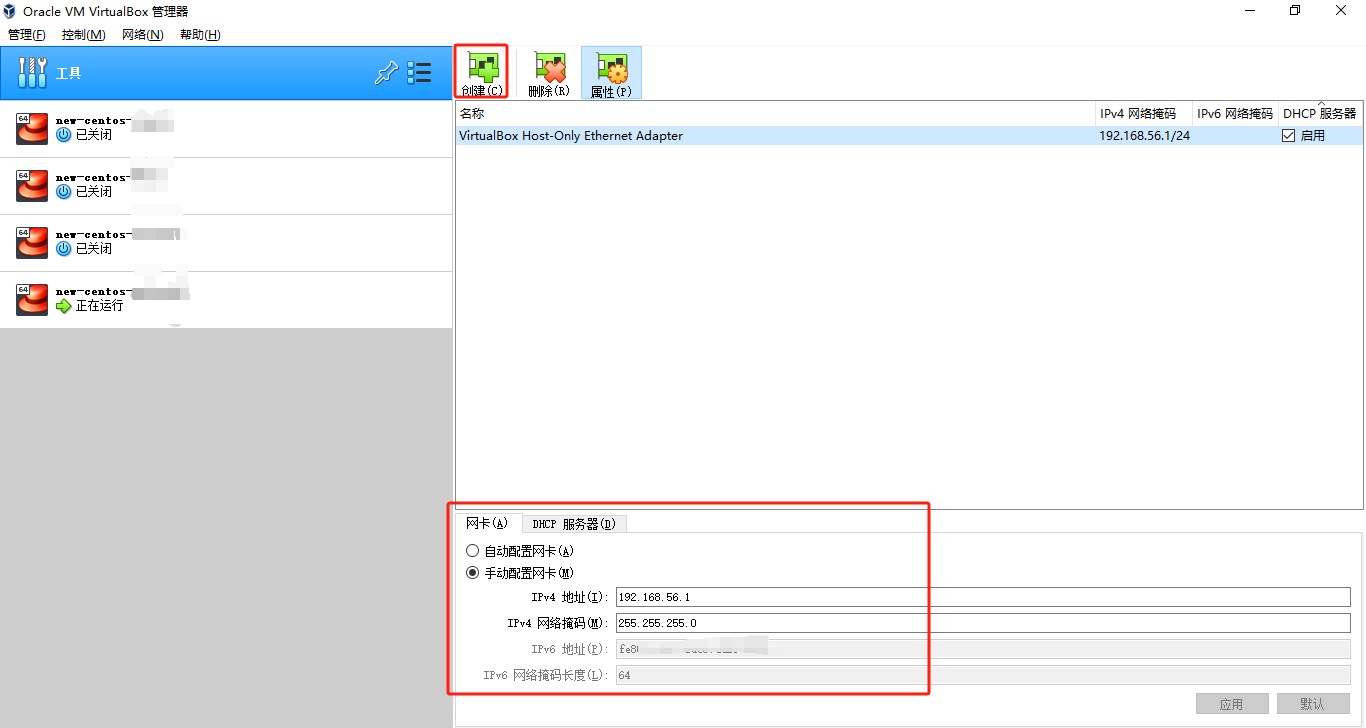@
用户关系(Relation)是描述业务系统中人员与人员之间的关系,如:签约、关注,或者朋友关系。
之前我们在扩展身份管理模块的时候,已经实现了用户关系管理,可以查看本系列博文之前的内容。怎样优雅地增删查改(二):扩展身份管理模块
原理
查询依据
用户之间的关系通过Relation表来存储。模型如下图所示:

-
关系类型由Type来定义
-
关系指向由UserId与RelatedUserId来描述
人员之间的关系是单项的,也就是说可以A是B的好友,但B不一定是A的好友
正向关系:User -> RelatedUser
反向关系:RelatedUser -> User
查询目标业务对象HealthAlarm关联了业务用户HealthClient,因业务用户与鉴权用户IdentityUser共享同一个Id,因此可以通过查询用户关系关联的User,查询到业务对象。

实现
正向用户关系
定义按正向用户关系查询(IRelationToOrientedFilter)接口
public interface IRelationToOrientedFilter
{
Guid? RelationToUserId { get; set; }
public string EntityUserIdIdiom { get; }
string RelationType { get; set; }
}
- EntityUserIdIdiom:语义上的UserId,用于指定业务实体中用于描述“用户Id”字段的名称,若不指定,则默认为“UserId”;
- RelationToUserId:正向关系用户Id,若为Guid.Empty,则使用当前登录用户的Id;
- RelationType:关系类型,如:“attach”为签约,“follow”为关注,可自定义。
对于Relation服务,其依赖关系在应用层,查找指定用户的关系用户将在CurdAppServiceBase的子类实现。创建一个抽象方法GetUserIdsByRelatedToAsync
protected abstruct Task<IEnumerable<Guid>> GetUserIdsByRelatedToAsync(Guid userId, string relationType);
创建应用过滤条件方法:ApplyRelationToOrientedFiltered,在此实现拼接LINQ表达式,
ICurrentUser是Abp的一个服务,用于获取当前登录用户的信息
代码如下:
protected virtual async Task<IQueryable<TEntity>> ApplyRelationToOrientedFiltered(IQueryable<TEntity> query, TGetListInput input)
{
if (input is IRelationToOrientedFilter)
{
var filteredInput = input as IRelationToOrientedFilter;
var entityUserIdIdiom = filteredInput.EntityUserIdIdiom;
if (string.IsNullOrEmpty(entityUserIdIdiom))
{
entityUserIdIdiom = "UserId";
}
if (HasProperty<TEntity>(entityUserIdIdiom))
{
var property = typeof(TEntity).GetProperty(entityUserIdIdiom);
if (filteredInput != null && filteredInput.RelationToUserId.HasValue && !string.IsNullOrEmpty(filteredInput.RelationType))
{
Guid userId = default;
if (filteredInput.RelationToUserId.Value == Guid.Empty)
{
using (var scope = ServiceProvider.CreateScope())
{
var currentUser = scope.ServiceProvider.GetRequiredService<ICurrentUser>();
if (currentUser != null)
{
userId = currentUser.GetId();
}
}
}
else
{
userId = filteredInput.RelationToUserId.Value;
}
var ids = await GetUserIdsByRelatedToAsync(userId, filteredInput.RelationType);
Expression originalExpression = null;
var parameter = Expression.Parameter(typeof(TEntity), "p");
foreach (var id in ids)
{
var keyConstantExpression = Expression.Constant(id, typeof(Guid));
var propertyAccess = Expression.MakeMemberAccess(parameter, property);
var expressionSegment = Expression.Equal(propertyAccess, keyConstantExpression);
if (originalExpression == null)
{
originalExpression = expressionSegment;
}
else
{
originalExpression = Expression.Or(originalExpression, expressionSegment);
}
}
var equalExpression = originalExpression != null ?
Expression.Lambda<Func<TEntity, bool>>(originalExpression, parameter)
: p => false;
query = query.Where(equalExpression);
}
}
}
return query;
}
反向用户关系
定义按反向用户关系查询(IRelationFromOrientedFilter)接口
public interface IRelationFromOrientedFilter
{
Guid? RelationFromUserId { get; set; }
public string EntityUserIdIdiom { get; }
string RelationType { get; set; }
}
- EntityUserIdIdiom:语义上的UserId,用于指定业务实体中用于描述“用户Id”字段的名称,若不指定,则默认为“UserId”;
- RelationFromUserId:反向关系用户Id,若为Guid.Empty,则使用当前登录用户的Id;
- RelationType:关系类型,如:“attach”为签约,“follow”为关注,可自定义。
对于Relation服务,其依赖关系在应用层,查找指定用户的关系用户将在CurdAppServiceBase的子类实现。创建一个抽象方法GetUserIdsByRelatedFromAsync
protected abstruct Task<IEnumerable<Guid>> GetUserIdsByRelatedFromAsync(Guid userId, string relationType);
创建应用过滤条件方法:ApplyRelationFromOrientedFiltered,在此实现拼接LINQ表达式,
ICurrentUser是Abp的一个服务,用于获取当前登录用户的信息
代码如下:
protected virtual async Task<IQueryable<TEntity>> ApplyRelationFromOrientedFiltered(IQueryable<TEntity> query, TGetListInput input)
{
if (input is IRelationFromOrientedFilter)
{
var filteredInput = input as IRelationFromOrientedFilter;
var entityUserIdIdiom = filteredInput.EntityUserIdIdiom;
if (string.IsNullOrEmpty(entityUserIdIdiom))
{
entityUserIdIdiom = "UserId";
}
if (HasProperty<TEntity>(entityUserIdIdiom))
{
var property = typeof(TEntity).GetProperty(entityUserIdIdiom);
if (filteredInput != null && filteredInput.RelationFromUserId.HasValue && !string.IsNullOrEmpty(filteredInput.RelationType))
{
Guid userId = default;
if (filteredInput.RelationFromUserId.Value == Guid.Empty)
{
using (var scope = ServiceProvider.CreateScope())
{
var currentUser = scope.ServiceProvider.GetRequiredService<ICurrentUser>();
if (currentUser != null)
{
userId = currentUser.GetId();
}
}
}
else
{
userId = filteredInput.RelationFromUserId.Value;
}
var ids = await GetUserIdsByRelatedFromAsync(userId, filteredInput.RelationType);
Expression originalExpression = null;
var parameter = Expression.Parameter(typeof(TEntity), "p");
foreach (var id in ids)
{
var keyConstantExpression = Expression.Constant(id, typeof(Guid));
var propertyAccess = Expression.MakeMemberAccess(parameter, property);
var expressionSegment = Expression.Equal(propertyAccess, keyConstantExpression);
if (originalExpression == null)
{
originalExpression = expressionSegment;
}
else
{
originalExpression = Expression.Or(originalExpression, expressionSegment);
}
}
var equalExpression = originalExpression != null ?
Expression.Lambda<Func<TEntity, bool>>(originalExpression, parameter)
: p => false;
query = query.Where(equalExpression);
}
}
}
return query;
}
IRelationToOrientedFilter 和 IRelationFromOrientedFilter接口实现上并非互斥。
请注意,可应用过滤的条件为:
- input需实现IRelationToOrientedFilter接口;
- 实体必须关联用户。
否则将原封不动返回IQueryable对象。
使用
在应用层中,实现GetUserIdsByRelatedToAsync
protected override async Task<IEnumerable<Guid>> GetUserIdsByRelatedToAsync(Guid userId, string relationType)
{
var ids = await relationAppService.GetRelatedToUserIdsAsync(new GetRelatedUsersInput()
{
UserId = userId,
Type = relationType
});
return ids;
}
或GetUserIdsByRelatedFromAsync
protected override async Task<IEnumerable<Guid>> GetUserIdsByRelatedFromAsync(Guid userId, string relationType)
{
var ids = await relationAppService.GetRelatedFromUserIdsAsync(new GetRelatedUsersInput()
{
UserId = userId,
Type = relationType
});
return ids;
}
在GetAllAlarmInput中实现IRelationToOrientedFilter或GetUserIdsByRelatedFromAsync接口,代码如下:
public class GetAllAlarmInput : PagedAndSortedResultRequestDto, IRelationToOrientedFilter
{
public Guid? RelationToUserId { get ; set ; }
public string RelationType { get; set; }
public string EntityUserIdIdiom { get; }
...
}
测试
创建一些客户(Client)

进入客户管理,在右侧客户列表中点击“查看详情”
打开客户详情页面,点击管理 - 设置签约员工

选择一个用户,此时该客户会签约至该用户账号下,这里我们将客户1和客户3签约至当前账号admin下。

登录签约用户(admin)的账号,点击“我的” - 客户 - 签约客户
在客户列表中可见,客户1和客户3已签约至当前账号下。

组合查询的报文Payload如下图:






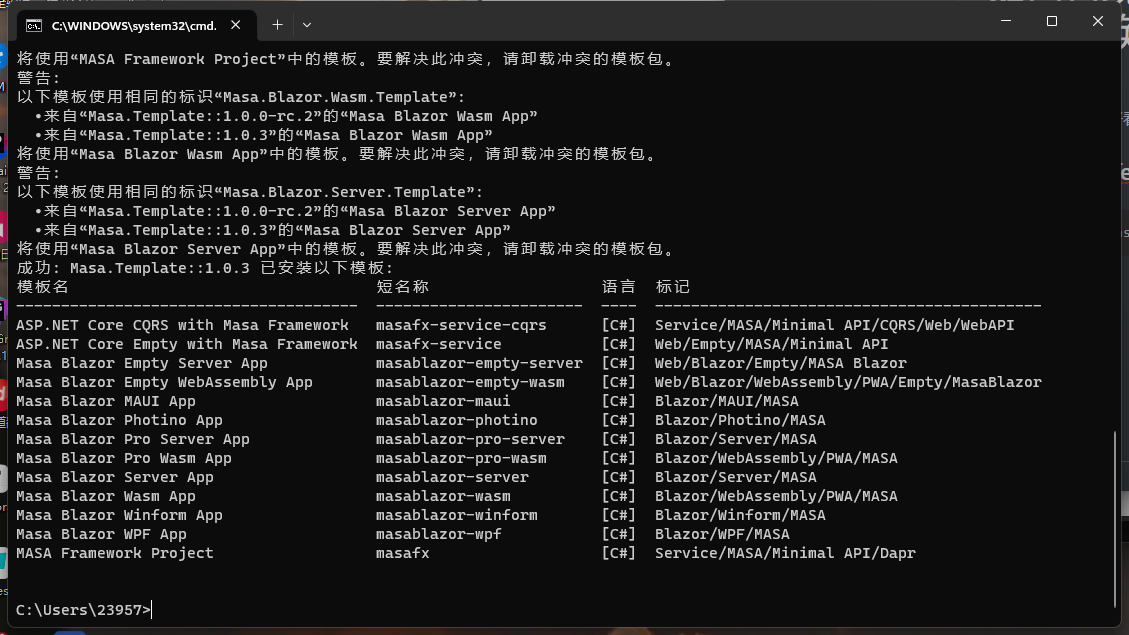

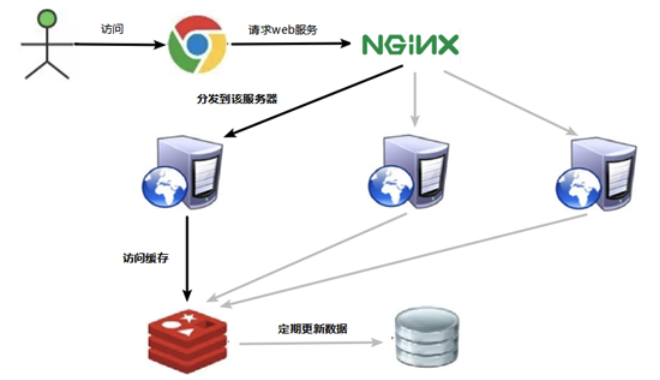

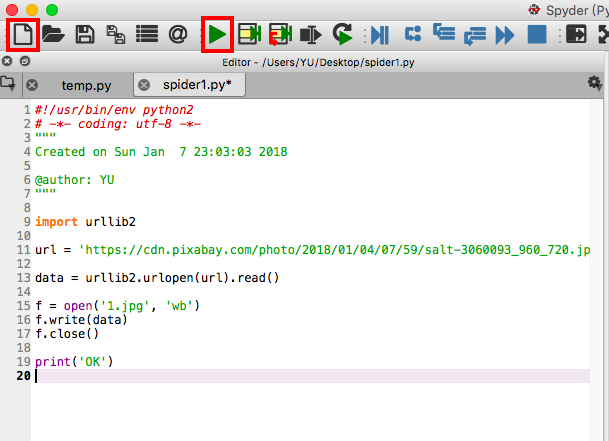



![[译]深入了解现代web浏览器(三)](https://img2022.cnblogs.com/blog/841228/202207/841228-20220708181749217-2023625180.avif)
